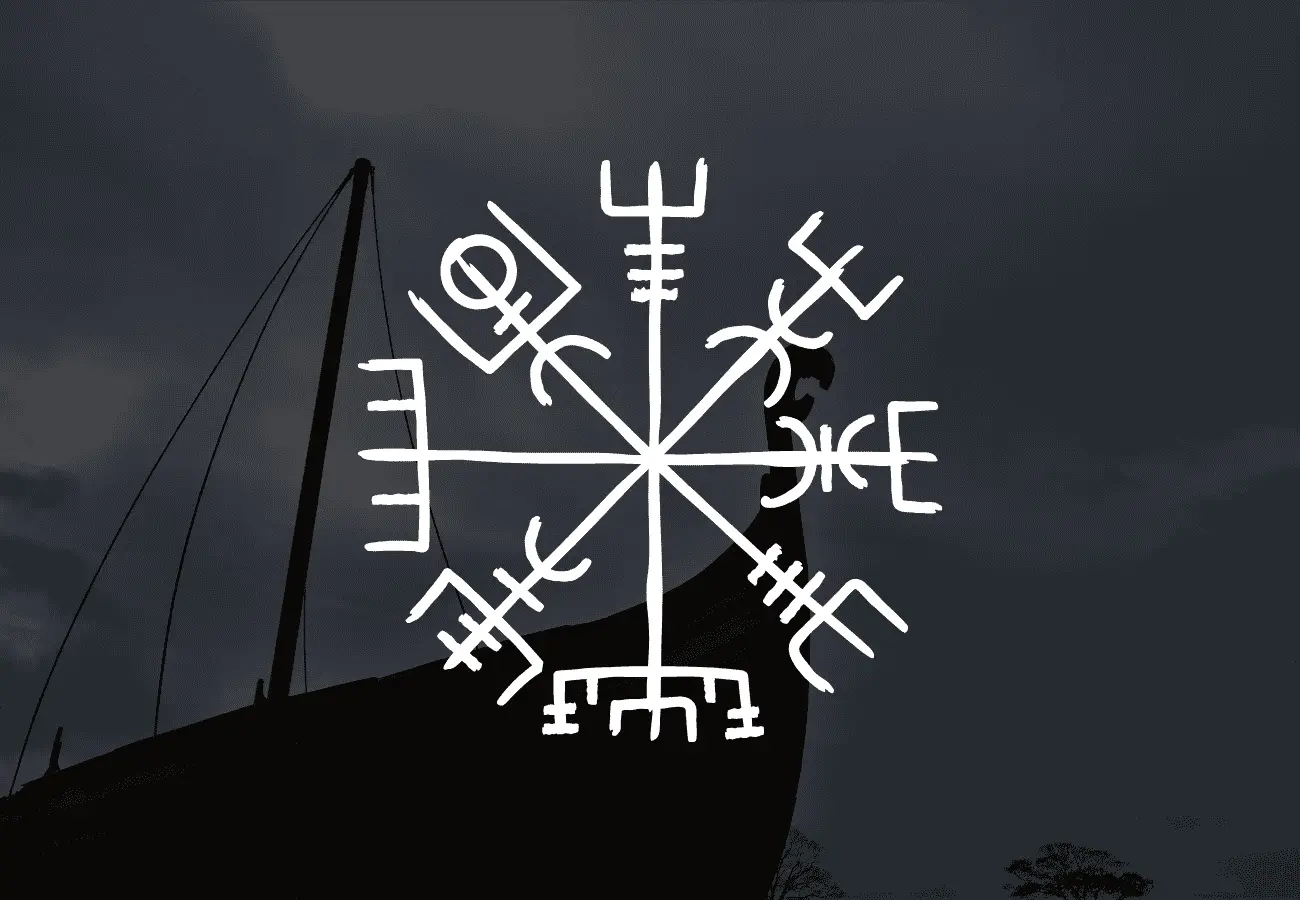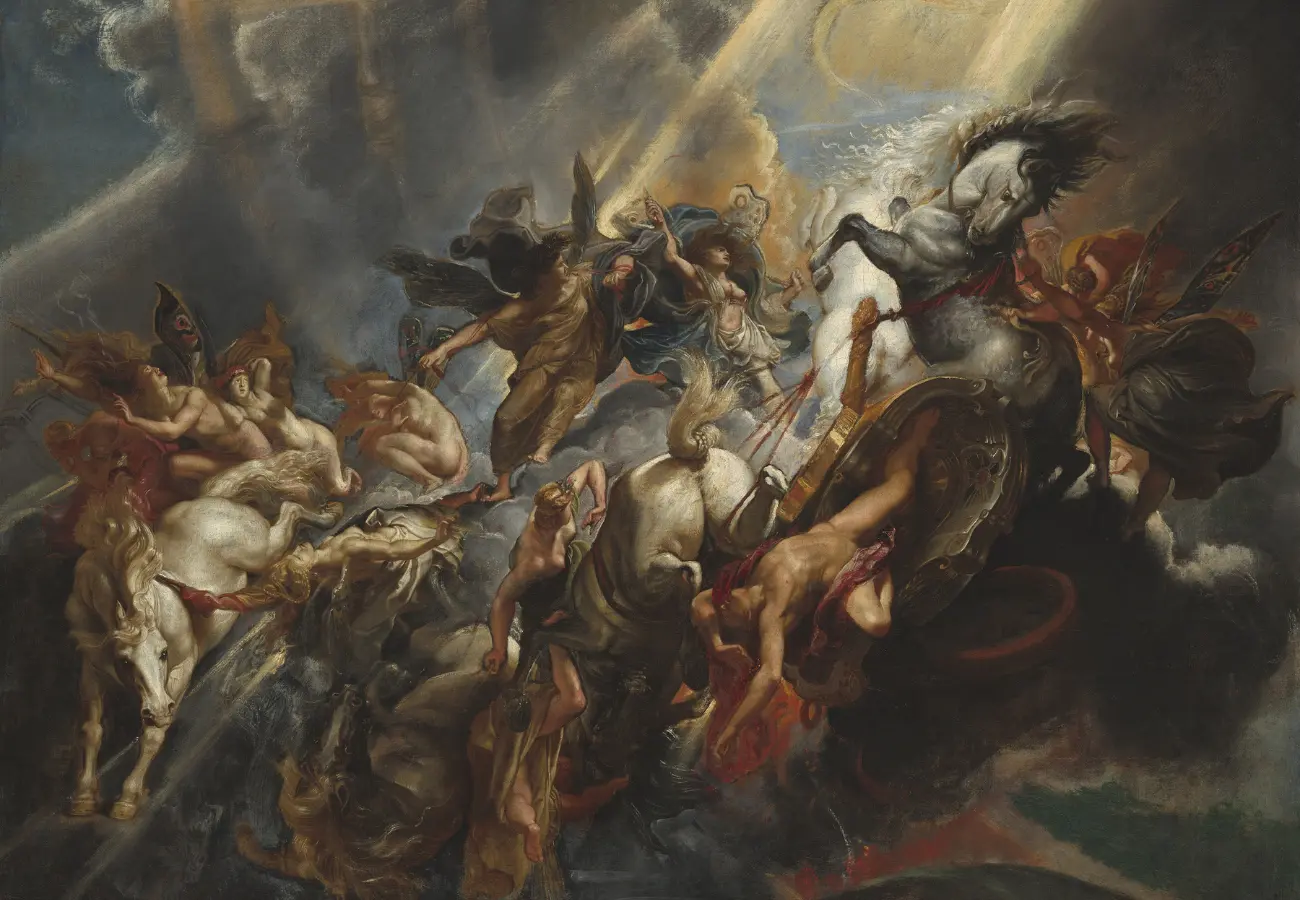

Vegvísir Is Not a Viking’s Compass – Here’s Why
The Vegvísir, often referred to as the “Viking’s Compass,” has long been associated with Norse mythology and Viking culture. However, this popular belief is a misconception. The truth behind the Vegvísir lies in its Icelandic origins rather than its connection to Viking history. Despite its rune-like design and mystical appearance, the Vegvísir was not used by Vikings as a navigational tool during their seafaring expeditions.
The origins of the Vegvísir can be traced back to the 19th-century Huld Manuscript, a collection of magical staves from Iceland. The name “Vegvísir” translates to “wayfinder” or “guidepost,” emphasizing its purpose as a spiritual symbol rather than a practical navigational device. Unlike the tools utilized by Vikings, such as sunstones, the Vegvísir was believed to provide guidance and protection to travelers navigating through unfamiliar or challenging terrain.
In Icelandic folklore, the Vegvísir symbolizes resilience and safety, serving as a talisman of hope and security. Alongside other symbols like the Ægishjálmur (Helm of Awe), the Vegvísir was deeply rooted in magical traditions and spiritual beliefs, offering more than just physical direction—it offered a sense of comfort and protection to those who carried it.
Despite the romanticized notion of the Vegvísir as a Viking artifact, historical evidence does not support its use during the Viking Age (793–1066 AD). Vikings were known for their navigational skills, relying on tools like sunstones and celestial observations to guide them on their journeys. The association between the Vegvísir and Vikings likely emerged from its Nordic aesthetic and the modern fascination with Viking mythology.
The intricate design of the Vegvísir symbolizes guidance and protection, offering a metaphorical shield during life’s challenges. Its intersecting lines and stave-like structure convey a sense of interconnectedness, embodying the idea of finding one’s path even in the darkest times. Beyond its literal meaning, the Vegvísir serves as a reminder of inner strength and resilience, symbolizing the bearer’s determination to overcome adversity and navigate life’s uncertainties.
In modern times, the Vegvísir has become a popular tattoo design, symbolizing personal direction, protection, and resilience. Often paired with other Nordic symbols like the Yggdrasil (World Tree) or runic inscriptions, the Vegvísir represents a powerful expression of Viking-inspired aesthetics and cultural identity. Its timeless appeal has also led to its incorporation into jewelry, allowing individuals to carry a piece of Nordic tradition while expressing their personal connection to its symbolic meanings of guidance and protection.
The journey of the Vegvísir from an Icelandic magical stave to a global cultural symbol showcases the power of reinterpretation. While it may not have originated from Viking culture, its role as a guiding emblem resonates with people across cultures and eras. Whether worn as a tattoo, a piece of jewelry, or embraced as a spiritual symbol, the Vegvísir continues to inspire and guide, embodying resilience, protection, and the human desire for direction in an unpredictable world.







